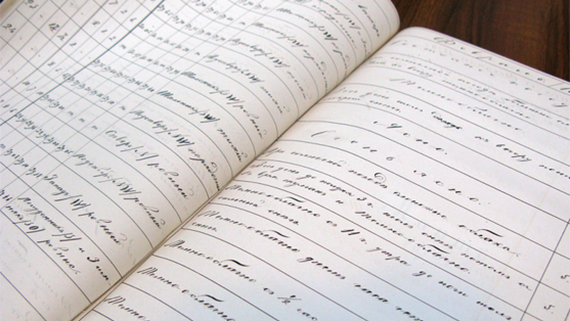Exceptionally warm year in Central and Northern Lapland
 Bild: Eija Vallinheimo
Bild: Eija VallinheimoAccording to the figures of the Finnish Meteorological Institute, the mean temperature for 2016 was higher than normal throughout the country. The deviation from the long-term temperature norm ranged from just under one degree in southern Finland to close to two degrees in Lapland. In Central and Northern Lapland, a year warmer than 2016 is seen on average less than every 30 years. In Sodankylä, for example, 2016 was the fifth warmest year recorded in the weather station's 108 year history. The warmest was 1938.
The year began with a sudden freeze that lasted three weeks. During this period, the year's lowest temperature (-41.2°C) was recorded in Muonio village on 7 January. After this, the weather was turned on its head. February was especially mild and, in terms of the average for the whole country, precipitation levels were the second highest ever recorded. The highest level was recorded in 1990. The average temperature in Finland in May was the third highest ever recorded, and total summer rainfall was also the third highest ever. The year's highest temperature, at 29.1°C, was reported in Kevo in Utsjoki on 23 July. In terms of the whole-country average, precipitation levels in October were unprecedentedly low.
In south-eastern regions, total annual precipitation didn't even reach 500mm. Such a dry year is seen on average only once every 10–30 years. In Western Lapland, the situation was exactly the opposite, as the total precipitation for the year, at over 700mm, is a level that is rarely matched. Elsewhere in Finland, precipitation levels were close to average. The highest precipitation level, at 847.6mm, was seen in Torppi in Tornio, and the lowest, at 420.8mm, was in Nuorgam in Utsjoki.
One of the dangerous weather phenomena seen during the year was the Rauli storm, which struck on 27 August and left around 200,000 people without electricity.
Record-breaking weather in 2016:• February's precipitation record: 131.6mm in Anjala in Kouvola (previous record was 130.8mm from 1990)• Snowfall record: Snow depth increased by 73cm in a 24hr period in Merikarvia on 8 January.
December began cold and ended mild
December in Finland was 2–6°C milder than the long-term average. The deviation was smallest in southern parts and in Sea Lapland and highest in Northern Lapland.The month's highest temperature, at 9.1°C, was recorded at Maarianhamina Airport on New Year's Eve. The lowest temperature, at -34.0°C, was recorded in Kevo in Utsjoki on 4 December.
Precipitation levels remained exceptionally low in southern and western areas, similarly low levels are seen in current climatic conditions every 10–30 years. Higher than average precipitation was seen primarily in Northern Lapland. The highest December precipitation level, at 81.3mm, was in Kilpisjärvi, and the lowest, at 10.5mm, was in Köyliö.At the turn of the new year, the limit of the snow cover stretched from South Karelia to Vaasa. This was slightly further south than at the same time the year before, but the snow depth was nevertheless still 10–20cm less than the long-term average in southern and central parts of Finland. At the end December, The deepest snow (63cm) could be found in Kilpisjärvi.
Further information:
Weather statistics from the Climate Service tel. 0600 1 0601 (€4.01/min + local charges)For the latest weather forecasts, call the 24-hour meteorology service on: 0600 1 0600 (€4.01/min + local charges)